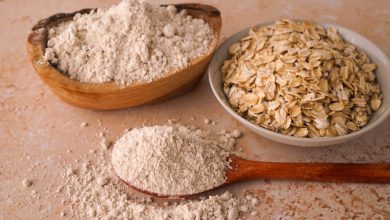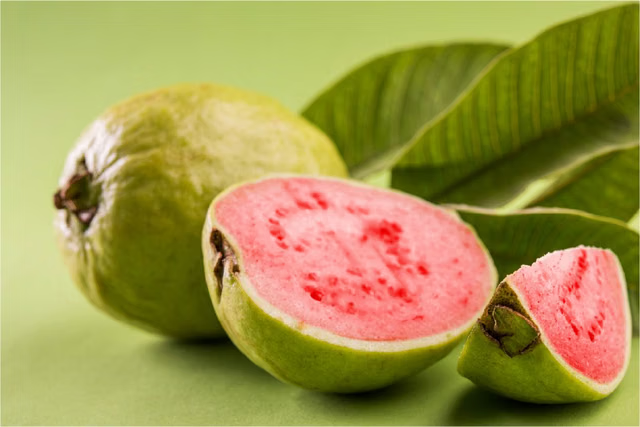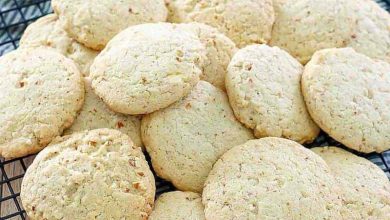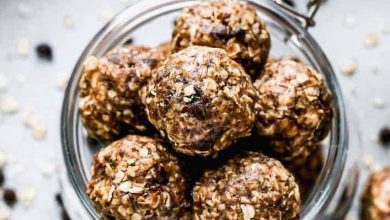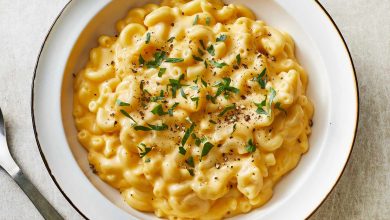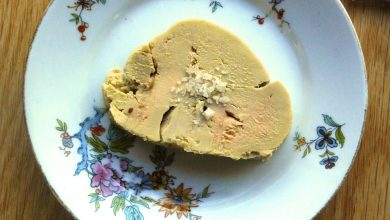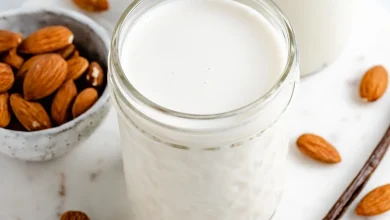Pumpkin Leaves (Cooked, Blended, Drained with Salt)
Pumpkin leaves, when prepared by cooking, blending, and draining with salt, offer a nutritious and flavorful addition to a variety of dishes. Known for their vibrant green color and mild, slightly sweet flavor, pumpkin leaves are rich in essential nutrients that support overall health. Whether used as a side dish or incorporated into soups, stews, or curries, these leaves are both versatile and beneficial to include in your meals.
Nutritional Breakdown
| Nutrient | Amount |
|---|---|
| Energy (kcal) | 21.0 kcal |
| Protein | 2.72 g |
| Total Fat | 0.22 g |
| Saturated Fat | 0.114 g |
| Carbohydrates | 3.39 g |
| Fiber | 2.7 g |
| Sugar | 0.69 g |
| Calcium | 43.0 mg |
| Iron | 3.2 mg |
| Magnesium | 38.0 mg |
| Phosphorus | 79.0 mg |
| Potassium | 438.0 mg |
| Sodium | 8.0 mg |
| Zinc | 0.2 mg |
| Copper | 0.133 mcg |
| Manganese | 0.355 mg |
| Selenium | 0.9 mcg |
| Vitamin C | 1.0 mg |
| Thiamin (B1) | 0.068 mg |
| Riboflavin (B2) | 0.136 mg |
| Niacin (B3) | 0.85 mg |
| Vitamin B6 | 0.196 mg |
| Folate | 25.0 mcg |
| Vitamin B12 | 0.0 mcg |
| Vitamin A | 80.0 mcg |
| Vitamin E | 0.96 mg |
| Vitamin D2 | 0.0 mcg |
Health Benefits
Pumpkin leaves are an excellent source of dietary fiber, which promotes digestive health and supports the body in maintaining a healthy weight. The high potassium content of pumpkin leaves aids in regulating fluid balance and supporting heart health. They also contain an array of vitamins and minerals, including a good amount of calcium, iron, and magnesium, which contribute to bone health, muscle function, and overall vitality.
Allergen Information
Pumpkin leaves are generally safe for consumption and do not contain common allergens such as gluten, dairy, or nuts. However, it is always advisable to consult with a healthcare professional or nutritionist if you have concerns about food sensitivities or allergies.
Dietary Preferences
- Vegan: Pumpkin leaves are 100% plant-based and can be enjoyed by those following a vegan or vegetarian diet.
- Gluten-Free: This food is naturally gluten-free and suitable for individuals with celiac disease or gluten intolerance.
- Low Calorie: With only 21 kcal per 100 grams, pumpkin leaves make an excellent choice for those watching their calorie intake.
- High Fiber: The fiber content supports digestive health and can contribute to a sense of fullness, making them a great addition to weight management diets.
- Rich in Micronutrients: Packed with essential vitamins and minerals, pumpkin leaves offer a nutritious boost, supporting various bodily functions.
Cooking Tips
Pumpkin leaves are highly versatile and can be cooked in a variety of ways. They can be sautéed with garlic and onions, added to soups or stews, or used as a stuffing for wraps. The leaves may also be blended into a puree and incorporated into sauces or dips. To prepare them, simply rinse well, cook to soften, and drain to remove excess moisture before seasoning with salt or other spices for added flavor.
Conclusion
Incorporating pumpkin leaves into your meals not only enhances the taste of your dishes but also provides a wealth of nutritional benefits. Rich in fiber, vitamins, and minerals, these leaves support digestive health, heart health, and overall wellness. Whether you’re looking to add a touch of green to your plate or boost your nutrient intake, pumpkin leaves are a delicious and healthy choice.



